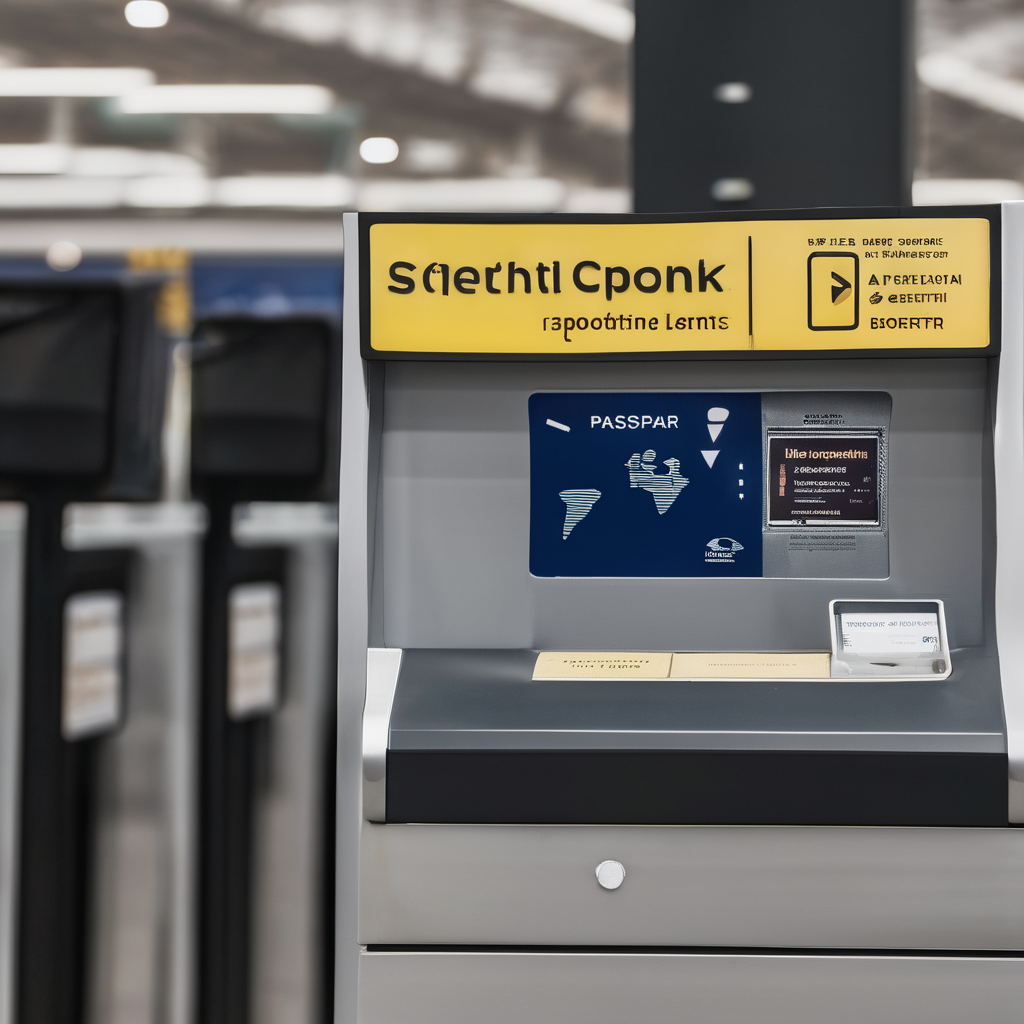U.S. Customs and Border Protection (CBP) is set to introduce a pilot SENTRI program aimed at improving efficiency while ensuring national security at the San Ysidro Port of Entry. This initiative, which is a collaboration between the U.S. and Mexico, is scheduled to launch by mid-November and will enhance accessibility for SENTRI vehicle users by converting the general “All Traffic” lane on Second Street in Tijuana into an exclusive SENTRI lane.
With the pilot program, SENTRI members will have two entry points to access the San Ysidro crossing, maintaining the existing SENTRI lane on Padre Kino Avenue while allowing normal operations at medical pass lanes on Paseo de los Héroes to continue uninterrupted. The SENTRI, or Secure Electronic Network for Travelers Rapid Inspection, is specifically designed to expedite the process for pre-approved travelers entering the U.S. from Mexico and Canada. Eligible participants must apply through the Department of Homeland Security’s Trusted Traveler Programs website, pay a fee, and undergo an in-person interview, ensuring that only those with a clean criminal record are approved. Benefits of the SENTRI program extend to access to TSA Pre-Check lanes at U.S. airports, and it complements the Ready Lanes which permit quicker crossings for travelers with RFID-enabled cards.
The CBP plans to evaluate the pilot’s effectiveness in improving traffic flow, operational efficiency, and security to determine if the adjustments will become permanent. Mariza Marin, the San Ysidro Port Director, emphasized that the primary goal remains the protection of the nation while enhancing border experiences through collaboration with the Mexican government.
The San Diego Regional Chamber of Commerce expressed strong support for the pilot program, recognizing it as a vital opportunity to modernize border operations which are crucial for the local economy. Kenia Zamarripa, Vice President of International and Public Affairs for the chamber, highlighted the importance of advancing border efficiency and investing in infrastructure to support trade and travel, all while securing national integrity.
With nearly 60,000 individuals crossing the U.S.-Mexico border each day for work, Zamarripa pointed out that smoother traffic flows would significantly benefit small businesses reliant on consistent cross-border interactions and help maintain robust economic activity in sectors like tourism, retail, and logistics. She mentioned that the shift from general traffic lanes to dedicated SENTRI access aligns well with changing travel patterns, with SENTRI and Ready Lane usage on the rise while general crossings have diminished.
The chamber intends to collaborate closely with CBP, Tijuana’s Economic Development Secretariat, and other binational partners to gauge community feedback and assess performance during the pilot program. Furthermore, Zamarripa noted the history of San Diego as a pioneer in innovative border management efforts, advocating for ongoing improvements to ports of entry and infrastructure to better serve the region.
Travelers are reminded to monitor vehicle wait times through CBP’s Border Wait Times website or mobile app, which provides real-time updates to facilitate smoother crossings. The launch of this pilot SENTRI program not only promises to enhance border crossing experiences but also aims to fortify the regional economy by ensuring a reliable flow of people and goods across the border.
